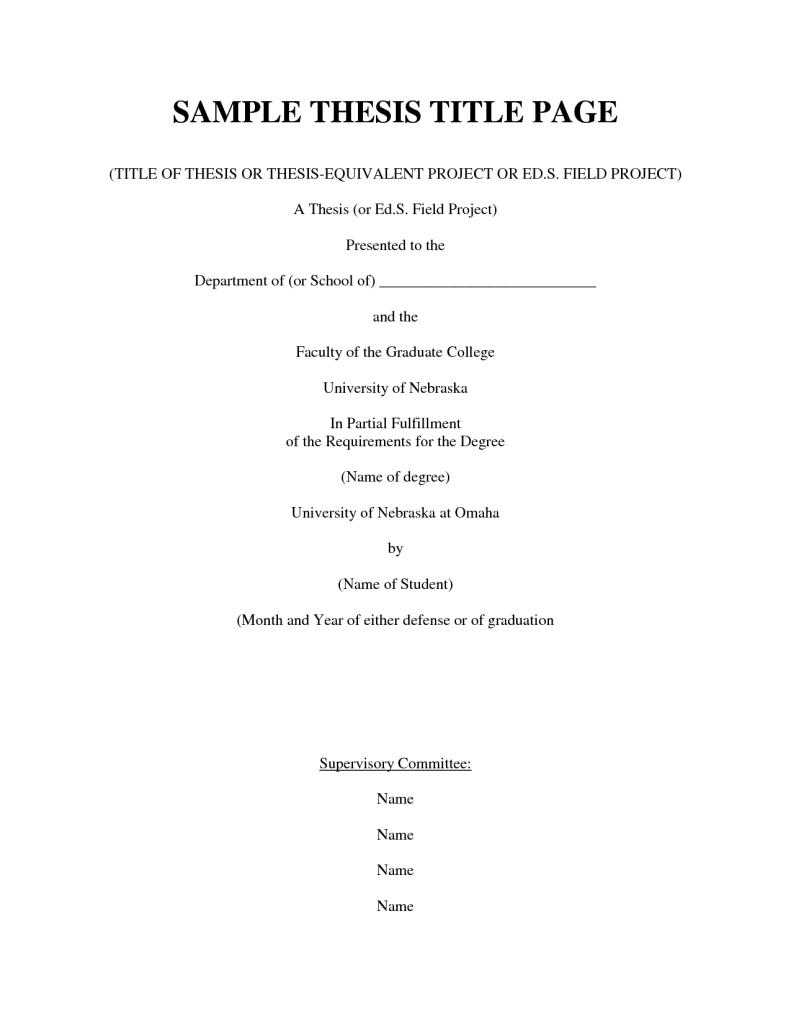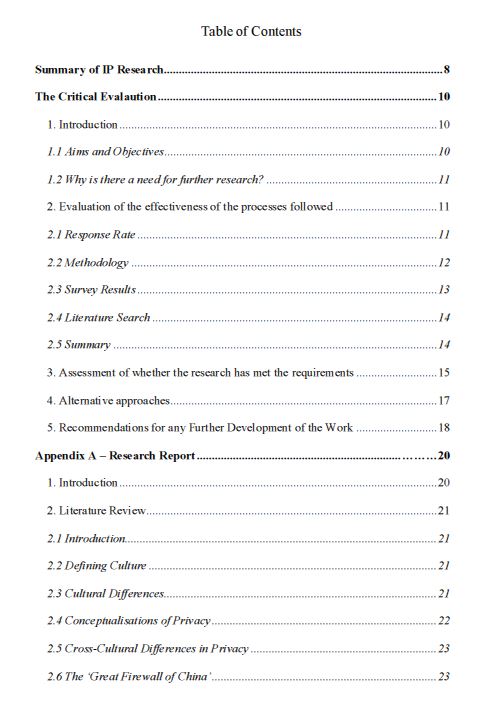What Is A Dissertation?
Many students ask us the question – What Is A Dissertation?… Well, your dissertation will be the most challenging aspect of your university study. It may also be an unfamiliar mode of assessment that requires you to engage independently with your subject matter, at a level of both breadth and detail that is perhaps not typical of most other forms of assessment. A crucial aspect of all this is to ensure that you are aware of all the elements involved in the dissertation writing process and that you allow yourself adequate time to do your dissertation topic justice. At most universities around the world, a dissertation or thesis is an extended piece of academic writing based on extensive reading of a subject area and independent research at an undergraduate or postgraduate level. Having been the longest established sample dissertations website we are here to assist and support you in preparing your own dissertation project by giving you some general information on how a dissertation is structured and what a dissertation is.
Many of you will be expected to construct and submit your own original idea for a dissertation topic, though students in certain disciplines (e.g. business) may either be given a specific topic, or expected to choose from a list of suitable projects. Nonetheless, it is advisable that you start to think about your choice of dissertation topic at the earliest possible early stage of your final year, if not earlier. Let’s make no mistake about it, your dissertation research project is probably the single most important task you will undertake whilst at university or college, and is often a key indicator of your true capabilities as a student and researcher. In addition to the information contained in this article, you must refer to the instructions and guidelines outlined in your nominated study program. It is worth noting that different subject areas have different expectations, referencing styles and support mechanisms for the dissertation. For example, in some areas you are able to formulate your own dissertation title, whilst in others you will be required to choose from a list of predefined titles. The content and structure of a dissertation can differ across national boundaries and level of study.

The structure of an undergraduate dissertation written at a UK university can differ immensely to an undergraduate dissertation written at a North American university. This is due to how learning content is delivered and taught and many words can be used interchangeably. For example a dissertation abstract can be referred to as a dissertation synopsis. Similarly, a dissertation appendix can be referred to as an annexure. Some universities encourage The Harvard System of referencing while other universities prefer citing dissertations using the APA, MLA, Chicago and AAA Styles, the list goes on. Nonetheless, a dissertation is, in essence, a piece of research submitted in support of submission for an academic degree or professional qualification presenting the author’s research and findings. Never lose sight of this. We at study-aids.co.uk will give an insightful overview to what a dissertation is:
A Dissertation Adheres To Certain Fundamental Principles Of Academic Writing:
- It is a structured piece of writing that develops a clear line of thought in response to a central question or plan.
- What Is A Dissertation?… A dissertation is an extended piece of work, usually divided into chapters, and containing a significantly more detailed examination of your subject matter and evidence than is the case for most essays.
- Because you usually have much more responsibility in choosing your research topic, and for sourcing supporting material, your dissertation provides evidence of your ability to carry out highly independent study and research.
- You are typically expected to be clear about the methodology you have used to gather and evaluate your evidence. This aspect of producing a dissertation has much greater emphasis than in a typical essay or assignment.
- Those of you undertaking analysis of quantitative data must similarly ensure that you adhere to the methodological requirements expected within your academic discipline and that you utilise the appropriate software such as SPSS and SYSTAT. You must satisfy yourself as to these requirements within your subject area.
It is highly advisable for you to ask your supervisor where you can find details of any regulations about your dissertation, such as its word count, structure and submission details. You should pay special attention to this. Hopefully, we have answered your question of what is a dissertation.
Dissertation Structure
Abstract
The length of the Abstract should be no more than 300-500 words, but not included in the formal word count.
The purpose of this very short section is to tell the reader something about the contents. About 1/3 of the Abstract should explain what you intended to do (parameters). The other 2/3rds should tell the reader what you did, including recommendations.
The Abstract may duplicate some material included in the Introduction and/or Conclusion
Introduction
The length of the Introduction should be about 10% of the whole dissertation.
The Introduction gives you the opportunity to provide your reader with an overview of the dissertation. Firstly, introduce the topic; secondly, outline the key areas to be covered; and identify your primary aims and objectives.
The background section should be short and securely focused on the topic, real statistical data can be included.
Larger themes, as well as specific topics, should be identified
Literature Review
The length of the Literature review should be about 20% of whole dissertation.
This chapter gives you an opportunity to show the reader that you have learned to analyse and to synthesise the views of others in relation to your own research programme.
The Literature Review is NOT a Book Review. Contents of books and articles are only useful if particular points have some direct relevance to your dissertation. In Literature Review you should compare and contrast ideas, theories and/or views relevant to your proposed research topic. Keep in mind that at least 10 references should be discussed and 3-4 different models or theories or views should be mentioned.
At the end of this chapter, identify the principal research questions to be addressed in the dissertation. These will form the basis of your dissertation in the subsequent chapter on Research Methodology.
Research Methodology
The Research Methodology chapter in length should be about 20% of whole dissertation.
This chapter gives you an opportunity to discuss the research programme that you have designed for your dissertation.
Begin by reviewing briefly some common methods advocated for structuring research programmes.
Then look again at the research questions formulated at the end of the Literature Review. Select the kind of programme best suited for addressing those particular research questions, and discus the reasons prompting your decision.
Discuss the research strategies adopted, the collection procedures selected and the difficulties and/or problems encountered.
Findings and Discussion
You might divide this chapter for two like:
- Analysis of Findings
- Discussion
This is the largest and probably the most important part in assessing your research by examiners. The length of this section should be about 30% of the whole dissertation.
The Findings and Discussion chapter gives you an opportunity to discuss your research findings.
Your findings may be derived from the analyses of statistical data, interviews, questionnaires or any viable combination of instruments used for research collection and the measurement of data.
Link important points of this chapter back to principle ideas in the Literature Review with the evidence obtained in your own research.
End this chapter with a brief summary of you findings. This, in turn, should set the scene for the concluding chapter.
Conclusions and Recommendations
Again you can divide this chapter on two smaller parts:
- Conclusions
- Recommendations or Recommendations from the future studies
This chapter in lengths should be about 15% of the whole dissertation.
The Conclusions and Recommendations chapter gives you the opportunity to evaluate the effectiveness of your research programme and to offer recommendations, if desired.
Conclusions can be rather short, because the bulk of the analysis and synthesis of material will probably have taken place in the chapter of Findings and Discussion.
In your Conclusions be sure that all of the questions raised in the Literature Review have been addressed. Weigh the final results of your research against the original aims and objectives of the dissertation. Anomalies, for example, can be important and interesting.
Add recommendations if you desired. Ideas for further research and/or some strategies advocated for better management of the issue or the enterprise are particularly useful.
Bibliography
Not included in the word count
This part of the dissertation gives you the opportunity to show the reader what research sources were used in your dissertation.
All books articles, sources of statistical data and web sites used in the dissertation must be listed in the bibliography. Additional sources consulted should be also be placed in the bibliography
Entries in the Bibliography should be placed in alphabetical order. Web sites, however, should be grouped together separately at the end of the Bibliography.
Appendices
Not included in the word count
This part of the dissertation gives you an opportunity to add interesting research material to your dissertation.
Interview summaries and sample questionnaires, for example, should appear in the Appendices


